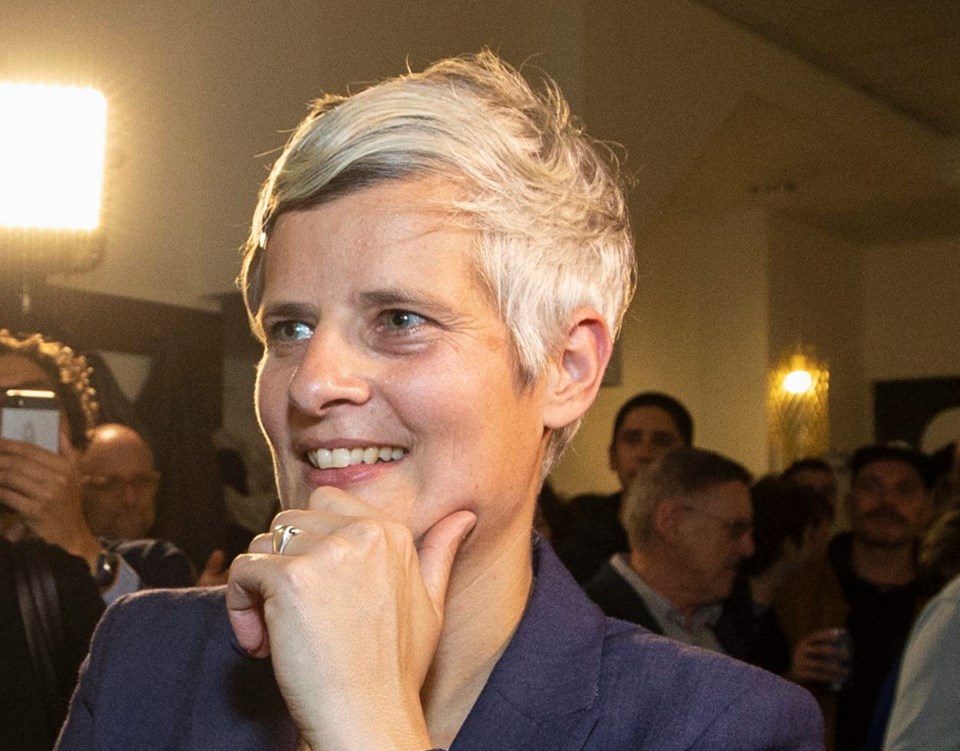The province allowing cities to introduce “blanket” speed zones would clear the way for 30 km/h residential speed limits in Victoria, says Mayor Lisa Helps.
Helps, who launched her re-election campaign last year with a promise of a default 30 km/h speed limit in residential areas, is recommending that Victoria join with Vancouver in calling on the province for the change to the Motor Vehicle Act through the Union of B.C. Municipalities.
“I think it would save us a lot of time, energy and money,” Helps said Tuesday. “And [it’s] very timely as well, because the province just announced last Monday, I believe, that they’re going to be reviewing the Motor Vehicle Act for active transportation.”
The act currently sets a 50 km/h default speed limit in residential areas within city limits.
In her motion going to committee Thursday Helps says in order for cities to be able to lower residential speeds “en masse,” a change to the act is required.
Municipal councils have the authority to set any speed limits on roads, but without blanket speed zones, signage can be expensive. City staff have pegged the cost for Victoria at about $200,000.
“With blanket speed zones in residential areas, we could just say you are now entering a 30 km/h zone and you are now exiting a 30 km/h zone instead of putting 30 km/h signs on every street in every neighbourhood,” Helps said.
In her motion, Helps notes that the survival rate for a pedestrian being struck by a motor vehicle traveling 50 km/h is about 20 per cent. That increases to 90 per cent if the vehicle is traveling at 30 km/h.
Helps said she meets twice a year with every school parent advisory committee and the No. 1 concern she hears is drivers speeding around schools and in residential areas where children are walking.
Residential speed limits also came up during the election campaign, she said.
During budget sessions, councillors agreed to hire two staff members this year and earmark about $250,000 to expedite neighbourhood traffic calming.
Vancouver city council voted unanimously this year to move ahead with a pilot project to reduce the speed limit on certain side streets to 30 km/h from 50 km/h and to lobby the provincial government, through the UBCM, to change the Motor Vehicle Act to allow municipalities to implement blanket speed zones in residential areas.
In 2013, Victoria was unsuccessful in its bid to have the UBCM endorse a default municipal speed limit reduction to 40 km/h from 50 km/h.
Transportation Minister Clare Trevena has said the province’s “Move Commute, Connect” plan is to make active transportation safer and easier, from walking to cycling, skateboarding, using a wheelchair and public transit.



